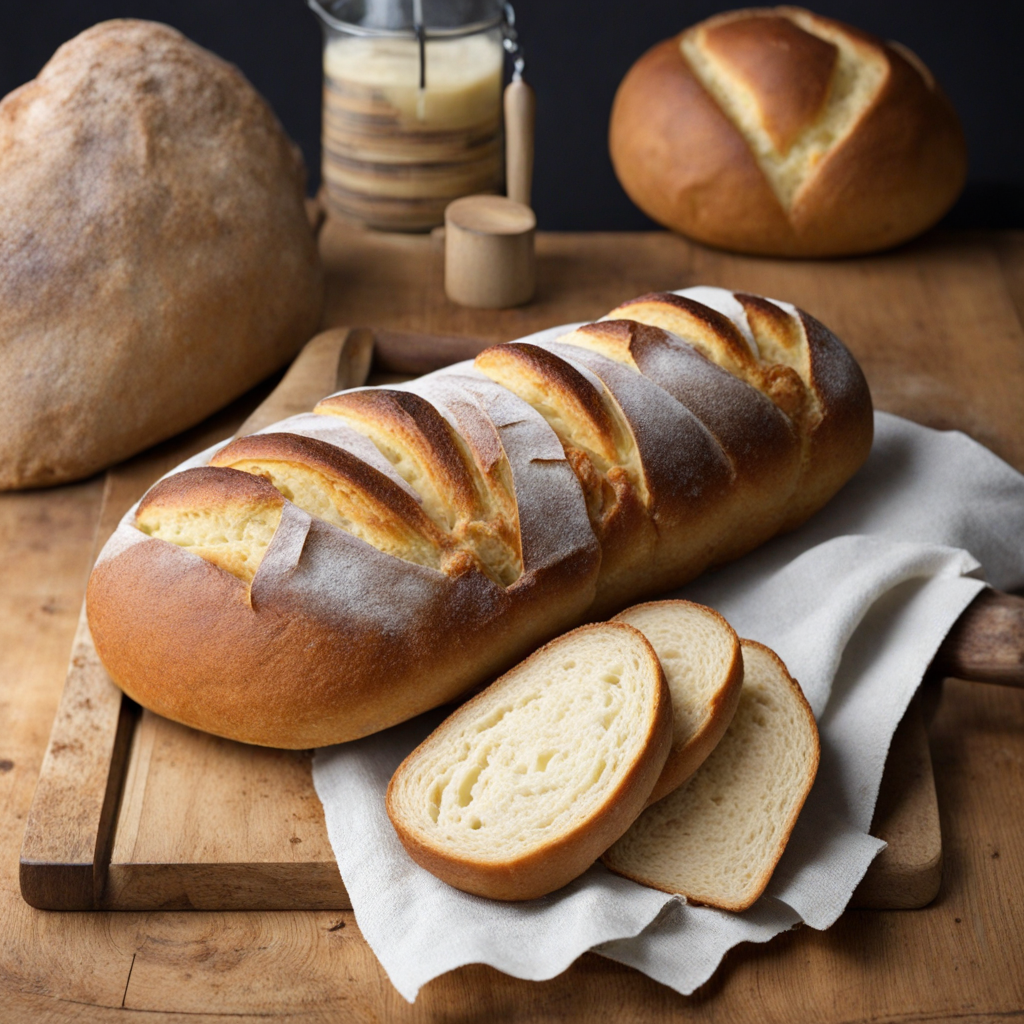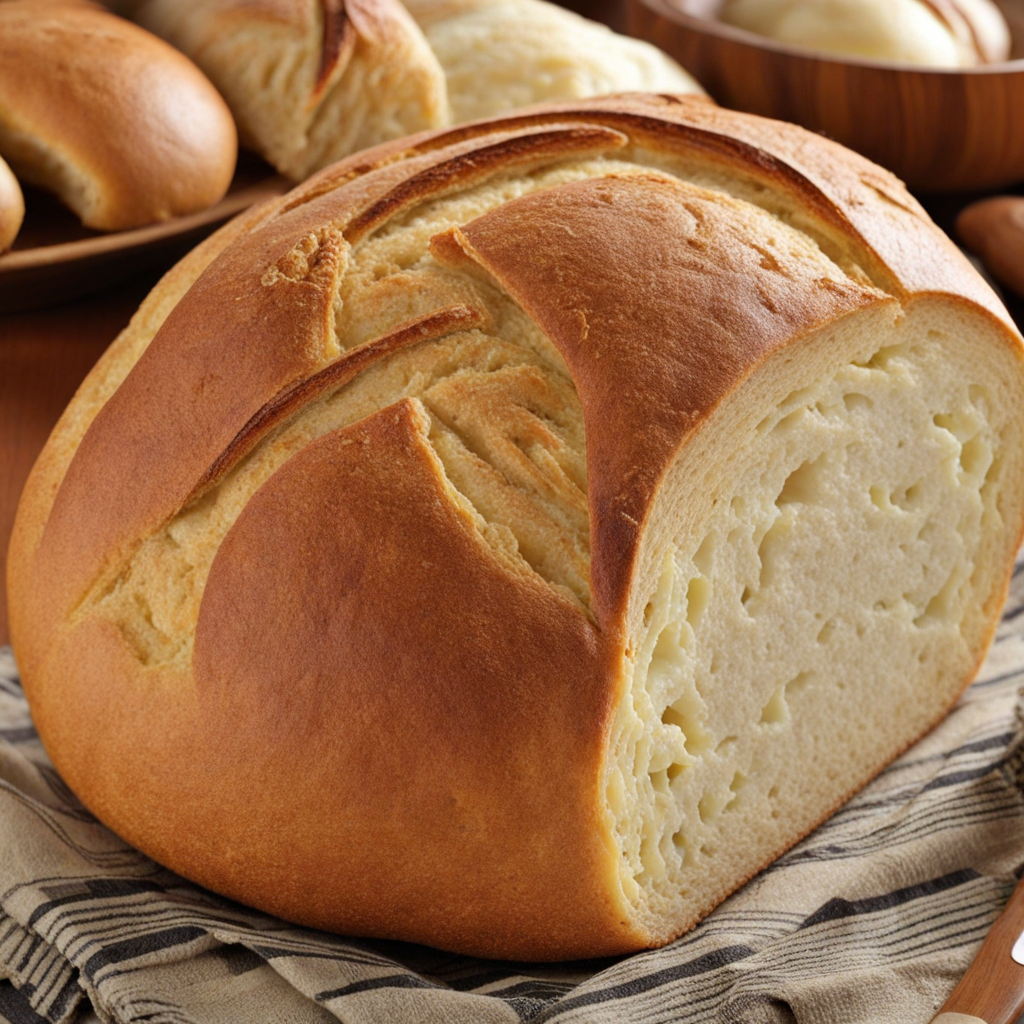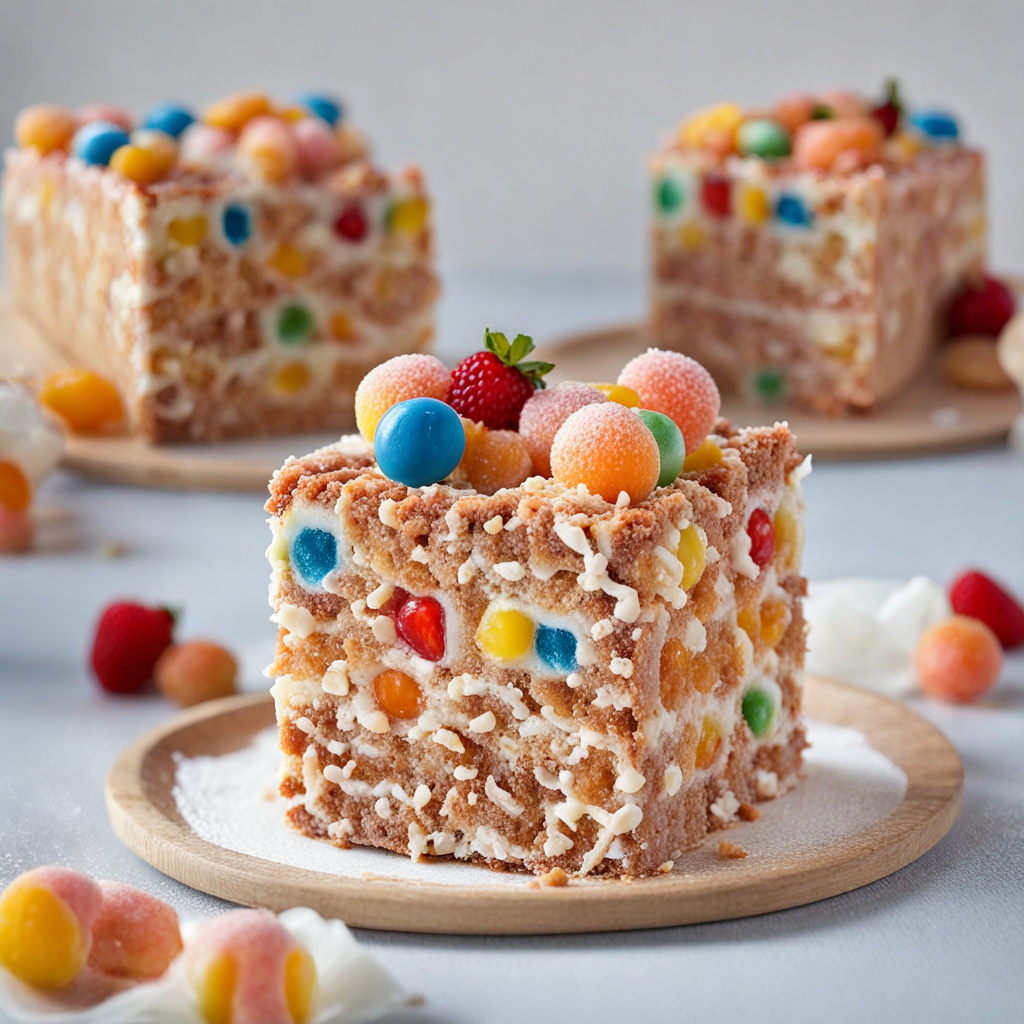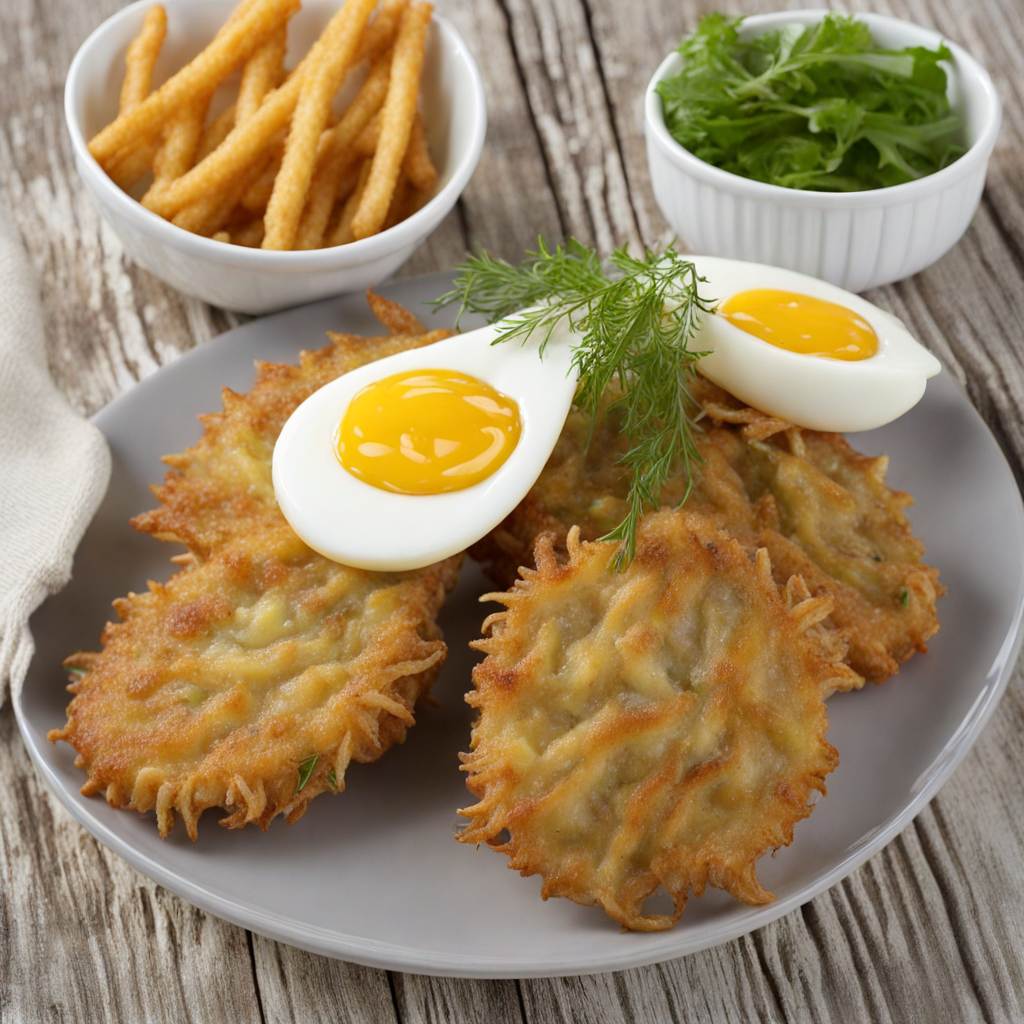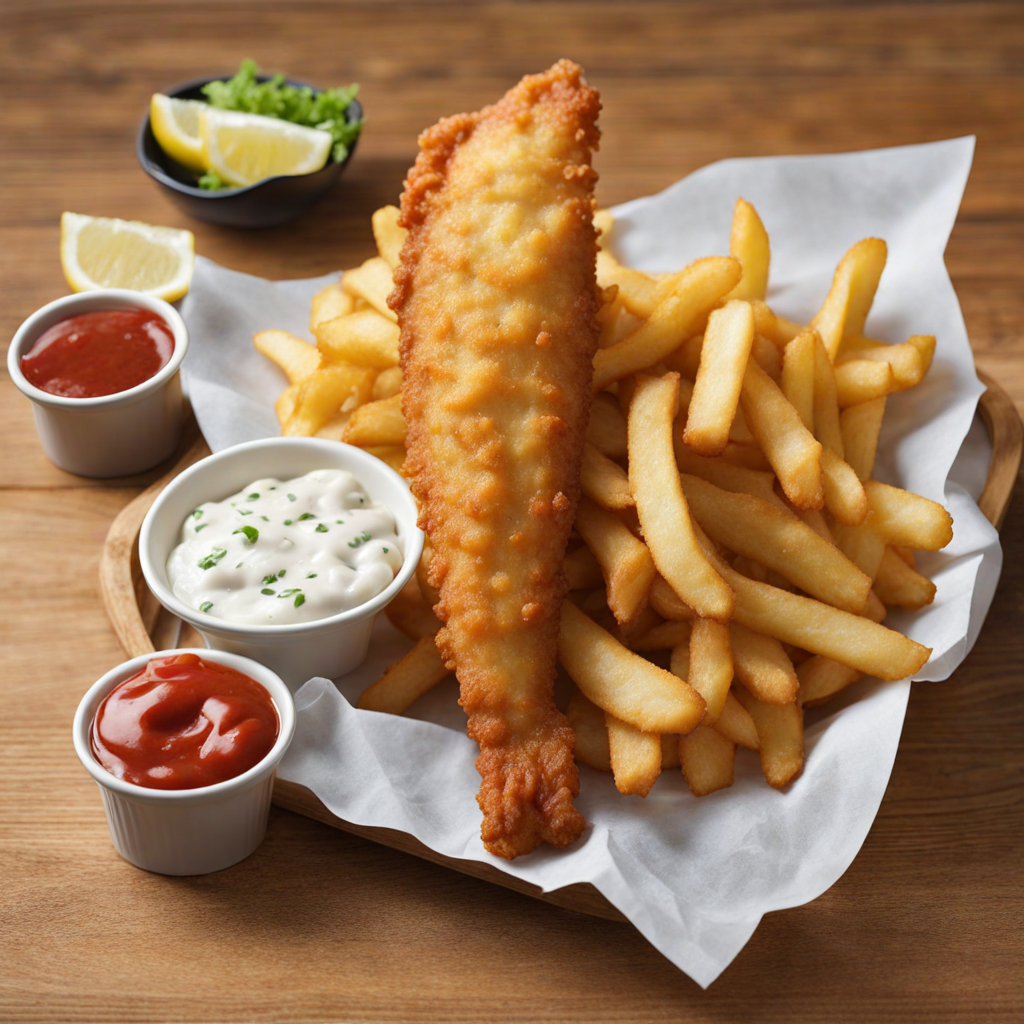Rewena Bread
Rewena Bread is a traditional Māori bread from New Zealand, celebrated for its unique flavor and texture. It is made using a fermented potato starter, which not only gives the bread a distinctively moist and slightly tangy taste but also infuses it with a rich, earthy aroma. The dough is typically crafted from simple ingredients like flour, water, and salt, but the magic truly lies in the addition of the fermented potatoes, which act as both a leavening agent and a flavor enhancer. This bread has a dense yet airy crumb, with a crust that is crusty on the outside and soft within, making it a delightful experience for the palate. The process of making Rewena Bread is steeped in tradition, often involving the community in its preparation. The potato starter, known as "rewena," is cultivated by fermenting mashed potatoes with a little sugar and water, allowing wild yeasts and bacteria to thrive. This starter not only brings life to the dough but also embodies the cultural significance of communal sharing in Māori traditions. When baked, Rewena Bread emerges with a lovely golden-brown crust, showcasing a rustic appearance that reflects its artisanal roots. The bread can be enjoyed fresh, toasted, or used as a base for toppings, allowing for a versatile culinary experience. The flavor profile of Rewena Bread is a delightful combination of sweet and savory, with a subtle nuttiness that pairs beautifully with both sweet spreads and savory accompaniments. It is often enjoyed with butter, jam, or honey, but also complements hearty toppings like cheese and cured meats. Whether you are dipping it in soup, making a sandwich, or savoring it on its own, Rewena Bread offers a unique taste of New Zealand’s culinary heritage, inviting you to explore the rich traditions and flavors of a culture that honors its ingredients and communal practices.
How It Became This Dish
The History of Rewena Paraoa: A Cultural Treasure of New Zealand Rewena paraoa, often referred to simply as rewena, is a traditional Māori bread that holds a special place in the culinary heritage of New Zealand. Its origins, cultural significance, and evolution over time reflect the rich tapestry of Māori culture, European influences, and modern adaptations. This engaging history of rewena paraoa reveals how this humble bread has transcended its simple ingredients to become a symbol of identity, resilience, and community. #### Origins: A Gift from the Earth The origins of rewena paraoa trace back to the Māori people, who arrived in New Zealand from Polynesia around the 13th century. These early settlers brought with them a wealth of agricultural knowledge and practices, including the cultivation of kumara (sweet potato), which would become a staple in their diet. Rewena, meaning "to rise," refers to the leavening agent used in the bread-making process, traditionally made from fermented kumara. Traditionally, rewena was made by creating a starter known as the "rewena," which is a fermented kumara mash that acts as the leavening agent for the bread. This fermentation process not only provided the bread with its characteristic rise but also infused it with a subtle sweetness and depth of flavor. The use of kumara reflects the Māori connection to the land and their mastery of horticulture, as kumara was not just a food source but also a symbol of prosperity and sustenance. #### Cultural Significance: Bread of the People Rewena paraoa is more than just a loaf of bread; it embodies the values and traditions of the Māori community. The process of making rewena is often communal, fostering a sense of togetherness and shared heritage. Families and friends come together to prepare the bread, passing down recipes and techniques through generations. This communal aspect of rewena-making emphasizes the Māori principle of whānau, or family, which is central to their culture. The bread is often served during important gatherings, celebrations, and feasts, symbolizing hospitality and abundance. Traditionally, rewena was enjoyed with a variety of accompaniments, such as butter, honey, or even with savory dishes, showcasing its versatility. In many Māori households, rewena is a staple food, representing nourishment and the connection to their ancestors. #### Development Over Time: From Tradition to Modernity As New Zealand underwent significant changes during the 19th and 20th centuries, so too did the practice of making rewena paraoa. The arrival of European settlers introduced new ingredients and baking techniques, which influenced the traditional methods. Wheat flour became more widely available, leading to some adaptations of the original recipe. While traditional rewena is primarily made with kumara and water, modern variations may include wheat flour, baking powder, or even dairy products, reflecting the evolving tastes and preferences of contemporary New Zealanders. Despite these changes, many Māori communities have worked diligently to preserve the traditional methods of making rewena paraoa. Efforts to revive and celebrate Māori food culture have led to a resurgence of interest in indigenous ingredients and cooking techniques. Community workshops, cooking classes, and cultural festivals have played a vital role in sharing the knowledge of traditional food practices, ensuring that the art of making rewena is not lost to future generations. #### Contemporary Rewena: A Culinary Renaissance In recent years, rewena paraoa has experienced a renaissance, both within Māori communities and in the broader New Zealand culinary scene. Chefs and home cooks alike are experimenting with the bread, creating innovative dishes that pay homage to its roots while also embracing contemporary flavors and techniques. Rewena has found its way onto the menus of New Zealand's top restaurants and cafés, often served alongside gourmet meals, showcasing its adaptability and enduring appeal. One notable aspect of this revival is the emphasis on using locally sourced and seasonal ingredients, aligning with the Māori philosophy of kaitiakitanga, or guardianship of the land. Many chefs are returning to the original fermentation methods, allowing the natural flavors of the kumara to shine through. This movement towards sustainability and respect for the environment has resonated with a growing number of consumers who are eager to reconnect with their food sources. #### Rewena in the Global Context The global interest in indigenous foods and culinary traditions has brought rewena paraoa to the attention of food enthusiasts worldwide. As New Zealand's reputation as a culinary destination continues to grow, so too does the recognition of its unique food heritage. Rewena has become emblematic of a broader movement to celebrate indigenous cuisines, highlighting the importance of preserving traditional practices while adapting to modern preferences. In the context of globalization, rewena paraoa serves as a reminder of the resilience of cultural identity. As New Zealand grapples with its colonial past and strives for reconciliation, foods like rewena can act as a bridge, fostering understanding and appreciation for Māori culture. The bread has become a symbol of pride, representing the strength and endurance of the Māori people. #### Conclusion: A Living Tradition Rewena paraoa is more than a mere food item; it is a living testament to the cultural heritage of New Zealand's Māori people. Its journey from a traditional fermented kumara bread to a contemporary culinary delight reflects the dynamic nature of food and its ability to adapt while remaining rooted in history. As rewena continues to evolve, it remains a cherished symbol of community, identity, and resilience. Whether enjoyed during a family gathering, served at a fine dining establishment, or made in a local kitchen, rewena paraoa is a celebration of New Zealand's rich cultural tapestry, reminding us of the importance of connection to our food, our land, and each other. As we savor this delicious bread, we partake in a history that is both ancient and ever-evolving, a true testament to the spirit of Aotearoa New Zealand.
You may like
Discover local flavors from New Zealand


